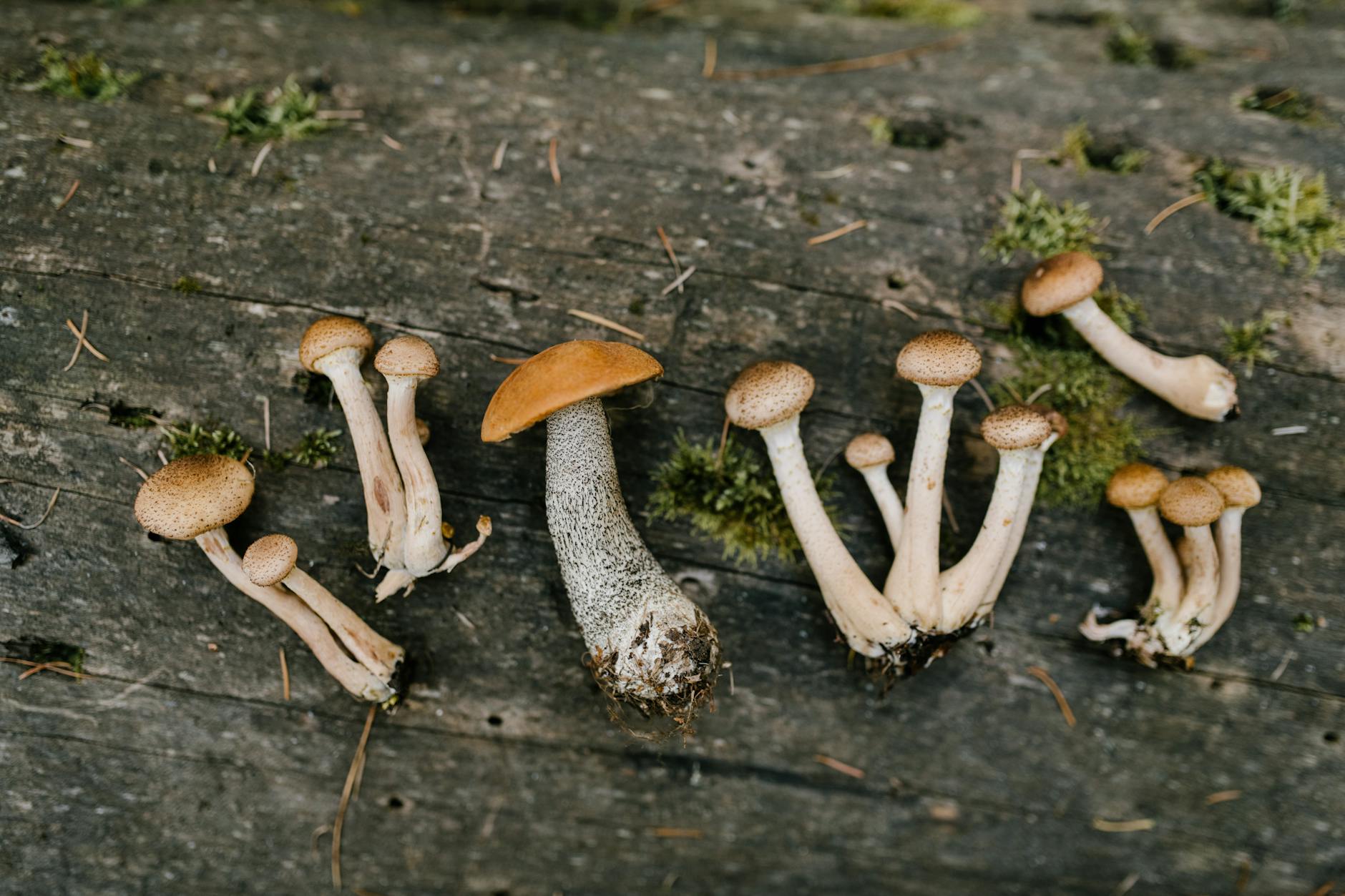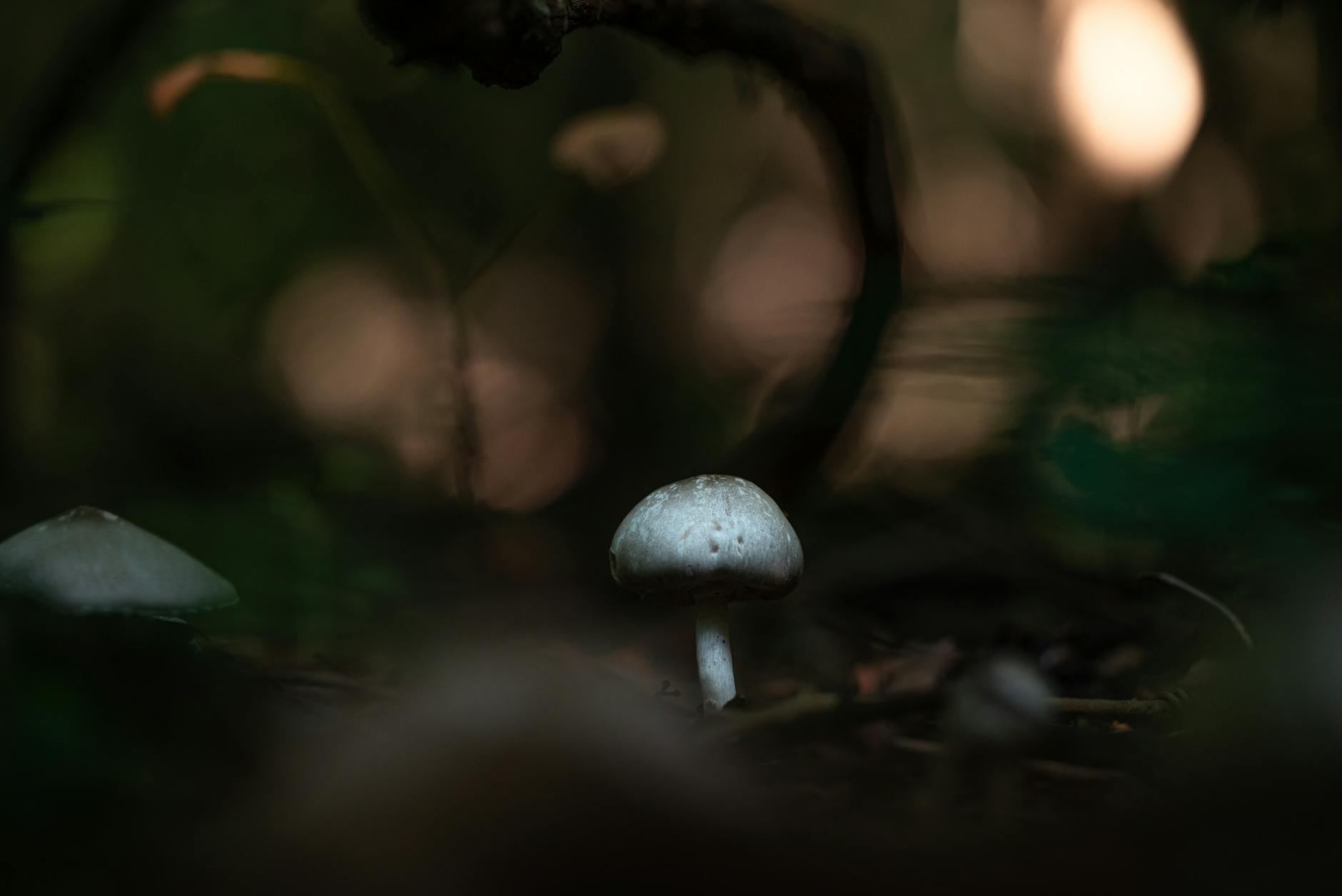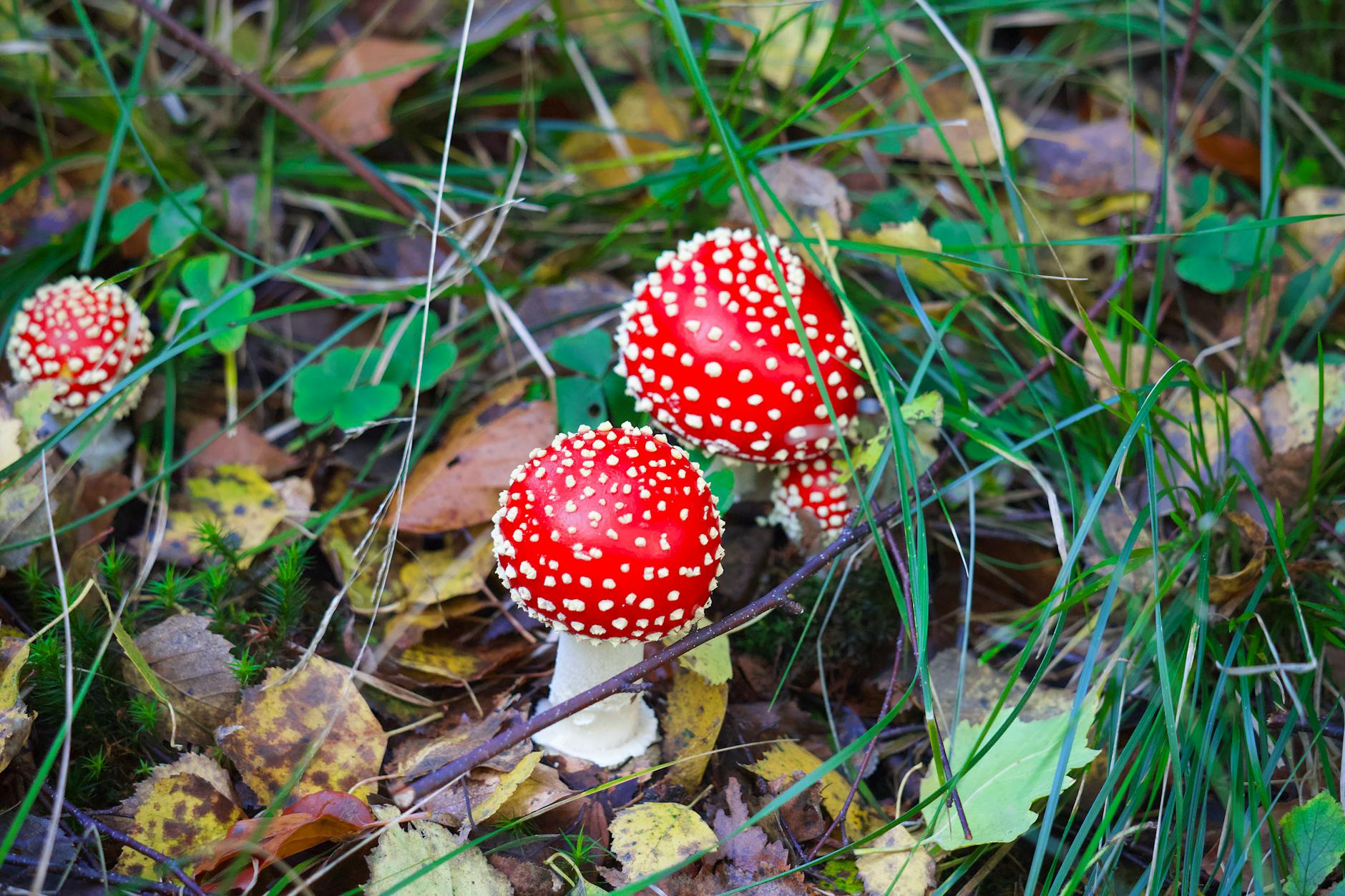Mushroom identification is a fascinating and rewarding skill for outdoor enthusiasts and foragers. The allure of discovering and gathering wild mushrooms for culinary use or simply appreciating their natural beauty is undeniable. However, it is crucial to be well-informed and exercise caution when foraging for mushrooms, as misidentification can have serious consequences. In this article, we will provide expert tips to help you successfully identify mushrooms in the wild and enjoy a safe foraging experience.
Understanding Mushroom Families and Characteristics
To become a proficient mushroom identifier, it is essential to familiarize yourself with different mushroom families and their distinctive characteristics. By studying features such as cap shape, gills, spore prints, and overall appearance, you can begin to narrow down the potential species. Some common mushroom families include the Agaricaceae family (which includes many edible mushrooms like Agaricus bisporus), Boletaceae family (known for their sponge-like pores instead of gills), and the Amanitaceae family (which includes both edible and highly toxic species).
Conducting Thorough Research and Utilizing Resources
Before setting out on a foraging expedition, conduct thorough research on the local species of mushrooms, their seasons, habitats, and any look-alike species that may be toxic. Utilize guidebooks, online resources, and mushroom identification apps to aid in your quest. It is recommended to cross-reference information from multiple sources to ensure accuracy and reliability. Additionally, consider joining local mycology groups or attending mushroom foraging workshops to learn from experienced enthusiasts and experts.
The Importance of Spore Prints and Odor
Spore prints are a fundamental tool in mushroom identification and can provide valuable clues about the species you have found. To create a spore print, simply place a mature mushroom cap, gills facing down, on a piece of paper and cover it with a glass or bowl overnight. The spores will drop onto the paper, revealing their color, which can range from white to black or various shades in between. Furthermore, pay attention to the odor of the mushroom, as many species have distinct smells that can aid in narrowing down their identity.
Safety First: Avoiding Toxic Look-Alikes
One of the most critical aspects of mushroom foraging is correctly distinguishing edible species from their toxic look-alikes. Some species bear a striking resemblance to edible mushrooms but can have deadly consequences if consumed. For example, the highly prized morel mushroom has toxic look-alikes such as the false morel, which contains harmful compounds that can cause severe illness or even death. Always err on the side of caution if you are unsure about a mushroom’s identity and never consume any wild mushroom without absolute certainty.
Documenting and Sharing Your Finds
As you continue to hone your mushroom identification skills, consider documenting your finds through photographs and notes. By maintaining a personal mushroom journal or digital database, you can track the species you have encountered, their habitats, and any distinguishing features. Sharing your observations with fellow foragers or mycologists can lead to valuable insights and feedback, further enhancing your knowledge and contributing to the community’s collective understanding of mushrooms.
In conclusion, mushroom identification is an enriching pursuit that requires dedication, patience, and a commitment to safety. By following these expert tips and practicing responsible foraging techniques, you can embark on a fulfilling journey of discovery in the fascinating world of wild mushrooms. Remember to always exercise caution, seek guidance from reputable sources, and approach mushroom foraging with respect for nature and its diverse offerings.


